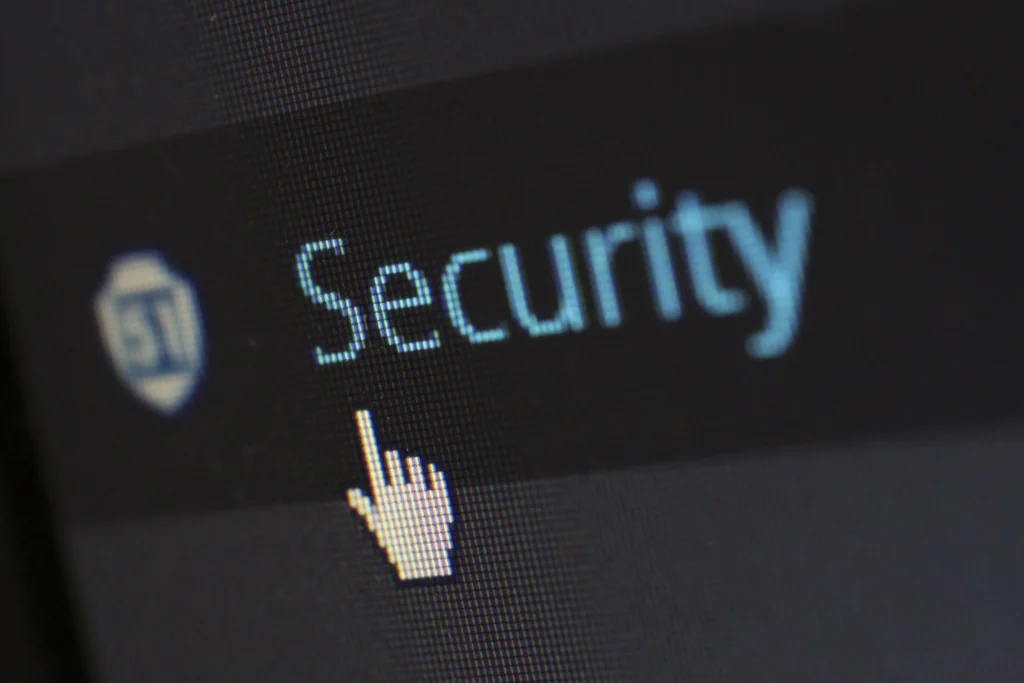A new term has emerged in the world of cybersecurity that demands the attention of business owners: quishing. A combination of “QR” and “phishing,” quishing involves cybercriminals using deceptive QR codes to trick individuals into revealing sensitive information.
In this comprehensive guide, we’re going to take a deeper look at quishing, exploring what it is, the risks it poses to businesses, and, most importantly, how you can protect your organization from falling victim to quishing attacks. So, if you want to keep your business safe from this new type of phishing attack, then read on!
What Is Quishing?
Quishing, as it relates to QR codes and phishing, is a sophisticated tactic where cybercriminals leverage QR codes to direct individuals to malicious websites or phishing pages. The deceptive nature of these QR codes, often masquerading as legitimate sources, makes them a potent tool for fraudsters looking to exploit unsuspecting individuals.
Quishing works in the following ways:
- Fake QR Codes: Cybercriminals generate counterfeit QR codes and distribute them through various channels, such as emails, social media, or even physical printouts.
- Redirect to Phishing Sites: When individuals scan these fake QR codes with their smartphones, they are redirected to phishing websites designed to mimic legitimate platforms, such as login pages or sensitive data entry forms.
- Data Harvesting: Once on the phishing site, individuals may unknowingly input sensitive information, such as usernames, passwords, or financial details, believing they are interacting with a trustworthy source.
Emerging Trends in Quishing Techniques
As the cybersecurity landscape continuously evolves, so too do the techniques employed by cybercriminals engaged in quishing attacks. Understanding these emerging trends is crucial for business owners aiming to stay ahead of the curve and fortify their defenses:
Dynamic QR Codes
Quishing attackers are adopting dynamic QR codes that can change destination URLs after distribution. This makes it challenging for security systems to predict and block malicious sites, requiring businesses to implement more advanced QR code scanning and validation mechanisms.
Localized Social Engineering
Quishing attackers are increasingly tailoring their social engineering tactics to specific regions or industries. By using localized information and context, they enhance the believability of their schemes.
Cross-Channel Attacks
Cybercriminals are combining quishing tactics with other attack vectors, creating cross-channel threats. For example, a quishing attack may serve as a precursor to a broader phishing campaign, exploiting the obtained information to launch more sophisticated attacks.
The Risks Quishing Poses to Businesses
For business owners, the risks associated with quishing extend beyond immediate concerns and can have lasting impacts on various facets of their operations, including the following:
Data Compromise and Intellectual Property Theft
Quishing attacks often target sensitive business information and intellectual property. Cybercriminals may exploit the obtained data not only for financial gain but also to gain a competitive edge or sell proprietary information on the dark web. The compromise of trade secrets or confidential business strategies can result in long-term consequences, affecting market position and innovation capabilities.
Regulatory Non-Compliance
Falling victim to quishing can lead to regulatory non-compliance, especially in industries with stringent data protection requirements. The exposure of customer data may result in legal consequences, fines, and damage to a company’s standing with regulatory bodies. Navigating the aftermath of a data breach can be resource-intensive and hinder day-to-day business operations.
Customer Trust Erosion
The fallout from a successful quishing attack goes beyond immediate financial and operational implications. It erodes customer trust, a foundational element of any successful business. If clients perceive that their sensitive information is not secure, they are likely to seek alternative service providers, resulting in customer attrition and a tarnished brand reputation.
Business Email Compromise (BEC) Incidents
Quishing attacks can serve as a gateway for business email compromise incidents, where cybercriminals gain unauthorized access to business email accounts. This can lead to fraudulent activities, unauthorized fund transfers, and the compromise of confidential communications, further exacerbating the financial and reputational risks for the targeted business.
Reputational Damage and Market Share Loss
A successful quishing attack can trigger a public relations nightmare, with media coverage amplifying the impact of the breach. Reputational damage, once incurred, is challenging to repair and can lead to a loss of market share as potential customers turn to competitors with a more robust cybersecurity image.
Protecting Your Business from Quishing Attacks
To safeguard your business from the multifaceted risks of quishing, it’s essential to implement a layered and adaptive cybersecurity strategy. This can be done in the following ways:
Cyber Insurance Coverage
Consider investing in cyber insurance coverage that specifically addresses the risks associated with quishing and other social engineering attacks. Cyber insurance can provide financial protection against the costs of data breaches, regulatory fines, and legal expenses incurred in the aftermath of an attack.
Incident Response Planning
Develop and regularly update an incident response plan that specifically addresses quishing incidents. A well-prepared response plan can minimize the impact of an attack, facilitate a swift recovery, and ensure that all stakeholders are informed and involved in the remediation process.
Continuous Cybersecurity Awareness Training
Elevate the frequency and depth of employee cybersecurity awareness training. Simulated quishing exercises can help employees recognize evolving tactics, enabling them to respond effectively and stay ahead of the evolving threat landscape.
Threat Intelligence Sharing
Engage in threat intelligence sharing with industry peers and cybersecurity organizations. Collaborating on information about emerging quishing techniques and indicators of compromise enhances the collective defense posture of businesses within the same sector.
Customer Communication Strategy
Develop a strong communication strategy for customers in the event of a quishing incident. Transparency and proactive communication can help lessen reputational damage, demonstrating to customers that the business takes their security seriously and is actively addressing the situation.
Third-Party Security Audits
Engage third-party cybersecurity firms to conduct regular security audits. These audits can provide an objective evaluation of your organization’s security posture, identifying potential weaknesses and recommending improvements to fortify against quishing and other cyber threats.
By recognizing the extended risks and implementing proactive measures, businesses can better shield themselves against the sophisticated and evolving nature of quishing attacks. To keep your business truly secure, reach out to CMIT Solutions of Arlington. We offer cybersecurity services and more to keep your IT at its strongest. Contact us today for more information on how we can help your business stay safe.




